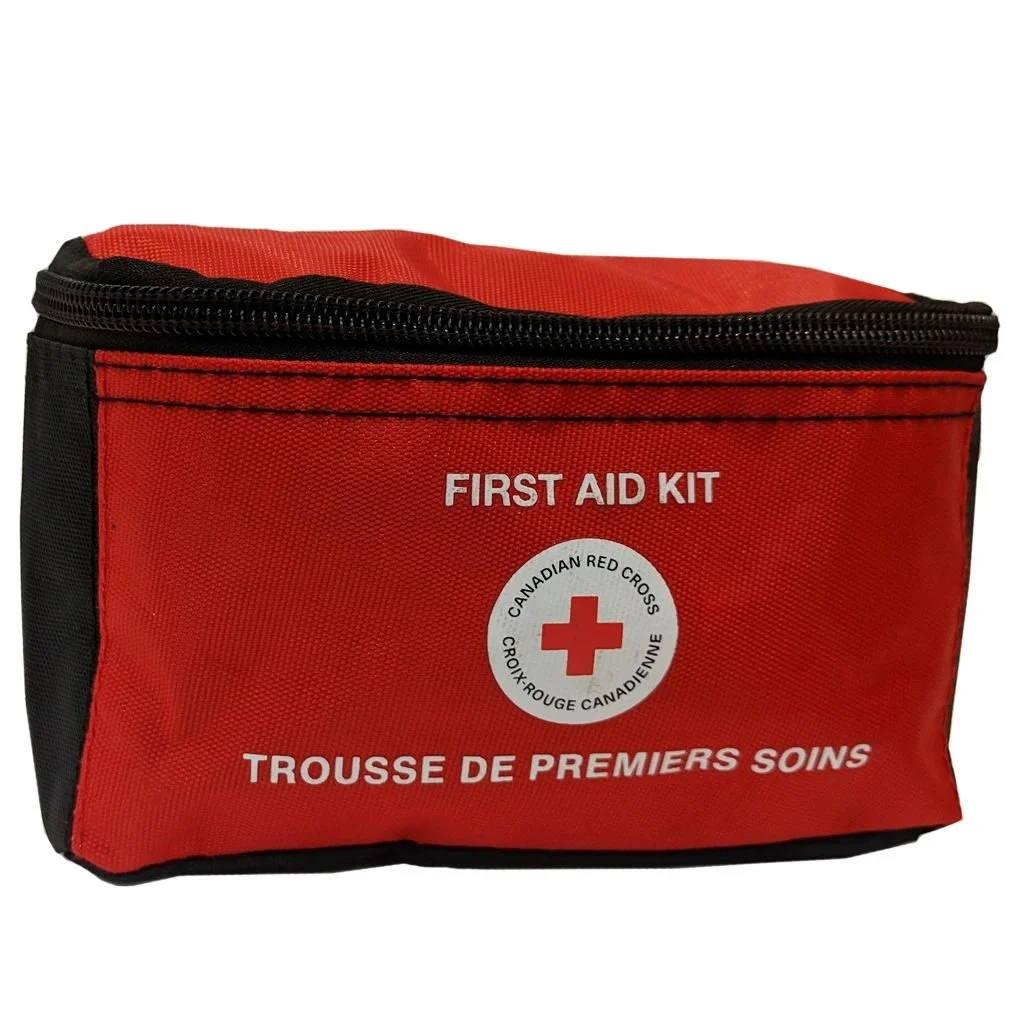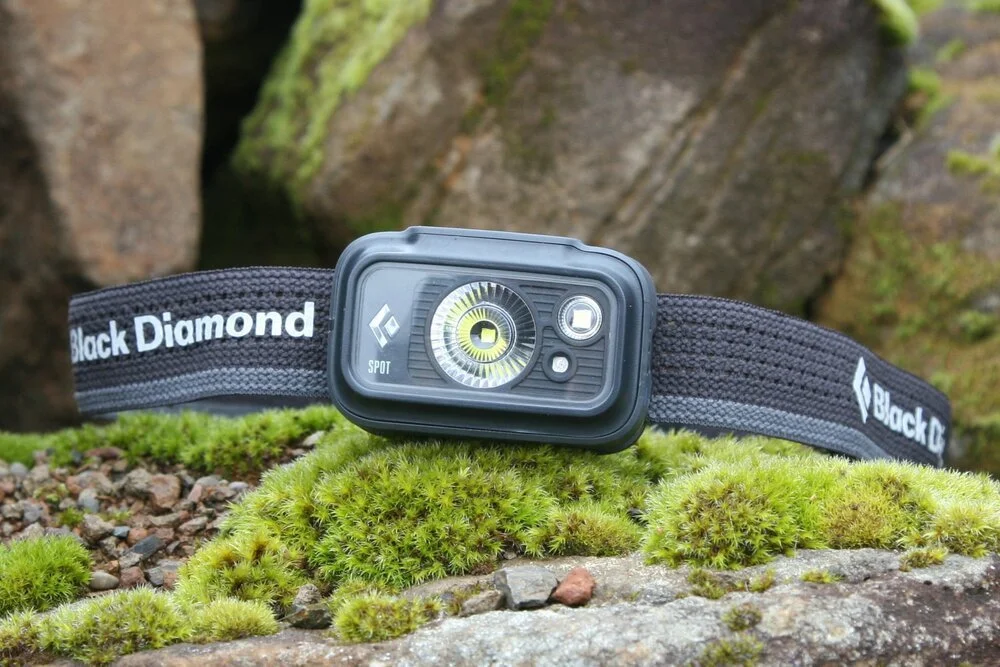Safety Items Wildlife Photographers Should Consider
When you're pursuing wildlife photography, you're not exactly hanging out in some plush studio downtown. You're out in the wild, in the elements, and probably far from home. Maybe you're on another continent on the other side of the world! We've talked about the gear you'll need to create compelling wildlife images, but what about gear that might save your life? Here are a few things you might want to consider throwing into your camera bag for your next wildlife trip.
If you plan on making some solo trips into the wilderness for wildlife, a personal locator beacon is an essential item. A personal locator beacon allows you to track and share your precise location with friends and family, no matter where on Earth you are. Depending on the make and model, you can send an SOS with a location or a personal message. The device uses GPS, so it works everywhere. Both Garmin and SPOT offer several models and options. Just be sure you always leave with a fully charged battery.
A First Aid Kit should be another safety item you bring with you on any solo trip to a remote place. One good example is the Adventure Medical Kits Ultralight and Watertight First Aid Kit. It has a waterproof design, so it will hold up in any weather conditions. It contains materials to sterilize and bandage a wound, care for blisters, burns, sprains, and fractures, as well as some common medications. Of course, you can personalize it too. This kit is also compact in design, so you can throw it into your camera bag without taking up much space.
For walking to your location pre-sunrise and post-sunset, having a small headlamp is something every photographer should carry. Not only can it help you find your way along the trail back to the car, but it can help with camera settings and finding the lens cloth in your bag while working in low-light conditions. Petzl makes small, compact, extra-bright headlamps that take up very little space in the camera bag. A headlamp may not necessarily save your life, but you shouldn't leave for a photo excursion without one.
If you do enough wildlife photography, eventually, you're going to encounter biting and stinging bugs that make the experience miserable. A small bottle of insect repellent packed away in your bag can save the day! DEET is the ingredient in insect repellent that makes it most effective. Deep Woods OFF contains a modest amount of DEET, and so does Repel Insect Repellent Mosquito Wipes, about 30 percent. For those sensitive to DEET, Repel makes a plant-based Lemon Eucalyptus insect repellent that is DEET-free.
Gaffers Tape is the photographer's equivalent of duct tape. You carry some in your camera bag for no particular reason, but it's there if you need it for the unexpected. Like duct tape, Gaffers Tape is strong and versatile, yet it leaves no sticky, gluey residue when it's removed. That's the plus if you ever need to apply it to any of your photo gear.
And while we're talking about preparing for the unexpected, you'll one day thank yourself for carrying a multi-tool knife in your camera bag. Having a pair of pliers, screwdriver, knife, scissors, saw, and bottle opener – and more - in one tool that occupies very little space is a no-brainer. Leatherman, Grainger, or the classic Swiss Army Knife collection are all excellent options. Just remember to remove it from your carry-on bag if you're flying.
To review, here are some essential non-photography safety items to carry with you on your next photo excursion:
Personal locator beacon
First Aid Kit
Headlamp
Insect Repellent
Gaffers Tape
Multi-Tool Knife
These items will not only make your trip easier; they might actually save your life one day. Make a written checklist of the items that you may need when you are doing your research. It's good exercise to go through prior to your trip to ensure you are packing the necessary items.



